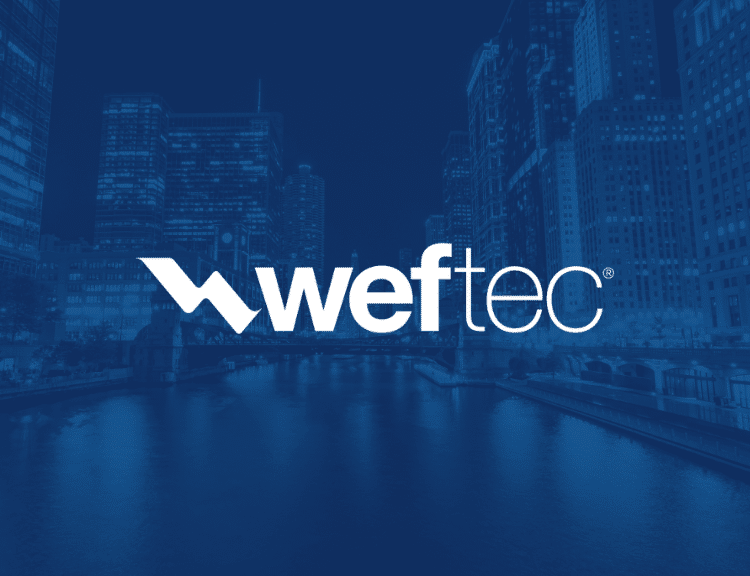Last week I was giving a presentation on creating lead service line inventories using predictive modeling. A member from the audience approached me before the presentation and asked me, “I’m trying to decide what session I should attend next. Can you tell me in simple terms what is machine learning?”
I said sure. Many people ask that question, and I have a slide I’d like to show you.
Remember when we took driver’s education and our lesson was how to enter a highway? As the driver, what data points do we need to process in making the entry? He started to list some factors: speed of cars in nearest lane, what’s coming behind the blue car, is there a vehicle in the outer lane changing to the inner lane, etc. I then asked, “When you enter a highway now with your years of driving experience, what do you look for?” All those factors plus is there an exit ramp coming up on the right? Is a vehicle in the near lane showing intent with a right flasher? If no flasher, is the speeding up an indication of their intent? Same with outer lane vehicle movements.”
I paused and said “As drivers, we are machine learners every time we get behind the wheel. We continually validate all the traffic conditions to navigate from unknown to known.” I then showed the next slide.
Machine learning is using mathematical models and data to improve some task.
There was a positive sound of “Ahhh.” I ended by offering “so if you attend my session, you are going to learn how we build lead service inventories by starting with what we know and what we don’t know. The machine learning of our software is providing updated data points that is continuously validating the data by increasing the known and decreasing the unknown.”
He smiled and said “I’ll stay”.





